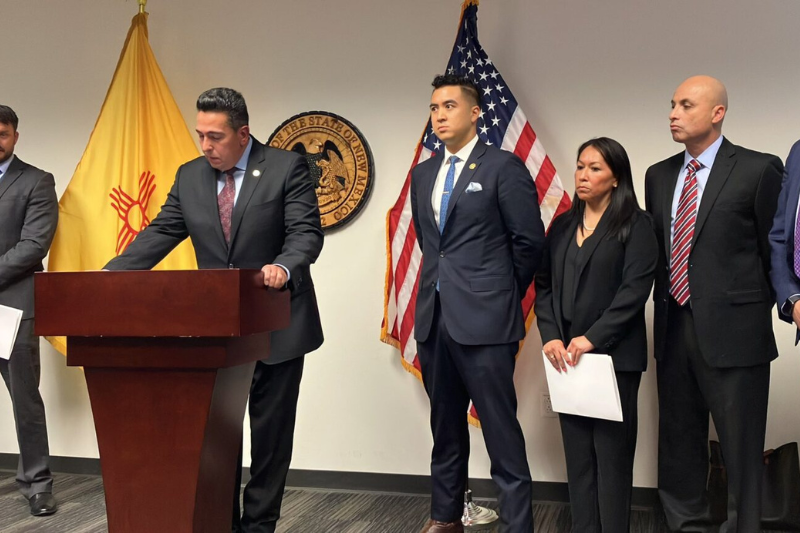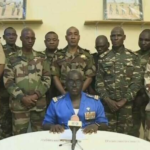
indigenous police taking charge in mmiwr crisis
Detective Kathleen Lucero’s thoughts revert to a terrifying recollection from her early career as she travels through the untamed terrain of the Manzano mountains. A village elder from her Native American community in New Mexico disappeared in 2009 while purportedly caring for his cows. The instance concerned Lucero, a patrol officer at the time, and she took it seriously, but her police chief underscored that simply submitting a complaint was insufficient. She joined the pueblo’s police force because this encounter inspired her to want to represent her people. Currently, Lucero is relentlessly searching for missing Indigenous people in his capacity as Isleta Pueblo’s top criminal investigator.
In the United States, the problem of missing and murdered Indigenous women and relatives (MMIWR) is rising. More than a dozen law enforcement officers and policymakers believe there are still unresolved 4,200 Indigenous cases. Native Americans are disproportionately at risk of missing due to poverty and colonial persecution. Even though they make up just 1% of the state’s population, American Indian women and girls account for 15% of the state’s female missing persons cases.
Some Native American police officers are taking matters into their own hands to handle the situation, acknowledging the lack of support and cooperation from federal law enforcement organisations. They prioritise missing person cases and work quickly to find the people, as seen by cops like Lucero and others. To spread information about missing people, Lucero aggressively collaborates with other police agencies, uses social media and other channels, and searches diligently for them.
Keep Reading
Unfortunately, not all tribes have the resources or personnel to prioritise MMIWR cases. Who is in charge of conducting investigations into crimes that occur outside tribal territories is frequently unclear due to the jurisdictional minefield and disagreements among law enforcement authorities. Federal law enforcement officials recognise that the Bureau of Indian Affairs (BIA) underfunds Native American police, resulting in inadequate staffing and poor investigations.
Recent Native American activism, rising awareness of the MMIWR crisis, and the selection of Deb Haaland as the nation’s first Native cabinet secretary have brought the topic into the mainstream in the United States. To enhance coordination between tribal and federal law enforcement, state taskforces, local and federal investigative units, and data efforts have evolved.
Despite these initiatives, problems still exist, and some police organisations continue to show indifference toward the victims’ relatives. A lack of collaboration and disagreements over jurisdiction may hamper investigations. In addition, authorities may accuse abducted Indigenous women of being responsible for their disappearances, deterring families from filing complaints immediately.
A significant issue that continues to afflict Native American communities all around the nation is the MMIWR epidemic. Dedicated Indigenous police officers like Kathleen Lucero are helping to confront the situation, which is helping. However, more work must be done to solve problems created by scarce resources and complex legal issues. It is anticipated that the long-standing problem of Indigenous people going missing will receive the attention it deserves. The search for justice and closure will continue as awareness increases and efforts ramp up.









